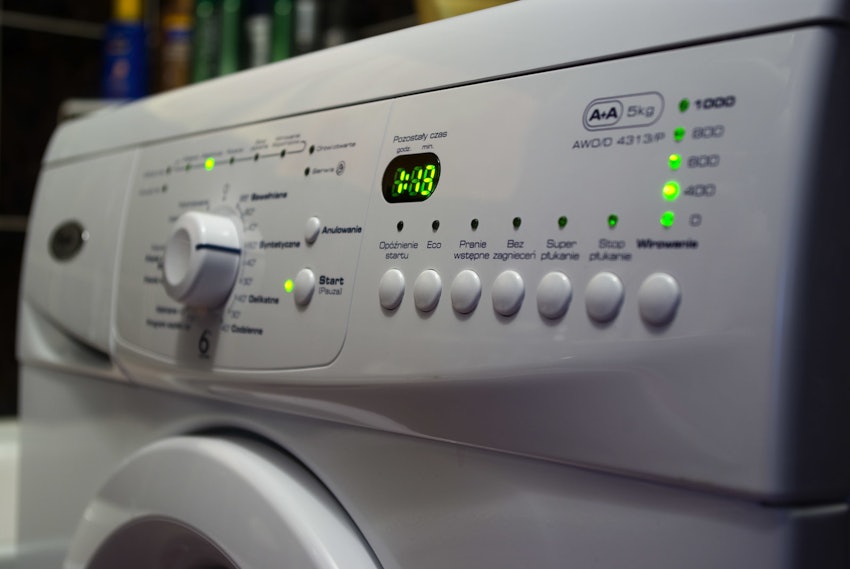High Frequency Appliance Disaggregation Analysis
The High Frequency Appliance Disaggregation Analysis project analysed real world data from the ETI’s Home Energy Management System in five homes to gather detailed energy data from water, gas and electricity use

- Bournemouth University and Baringa selected to deliver data analysis and algorithm development
- The High Frequency Appliance Disaggregation Analysis project analysed real world data from the ETI’s Home Energy Management System (HEMS) in five homes to gather detailed energy data from water, gas and electricity use
- This data helped to develop algorithms to forecast domestic energy needs of the future and provide industry with valuable insight into consumer energy use to develop efficient energy services
The High Frequency Appliance Disaggregation Analysis (HFADA) project built upon work undertaken in the Smart Systems and Heat (SSH) programme delivered by the Energy Systems Catapult for the ETI, to refine intelligence and gain detailed smart home energy data.
The project analysed in depth data from five homes that had been trialling the SSH programme’s Home Energy Management System (HEMS) to identify which appliances are present within a building and when they are in operation. The main goal of the HFADA project was to detect human behaviour patterns in order to forecast the home energy needs of people in the future. In particular the project delivered a detailed set of data mining algorithms to help identify patterns of building occupancy and energy use within domestic homes from water, gas and electricity data.

